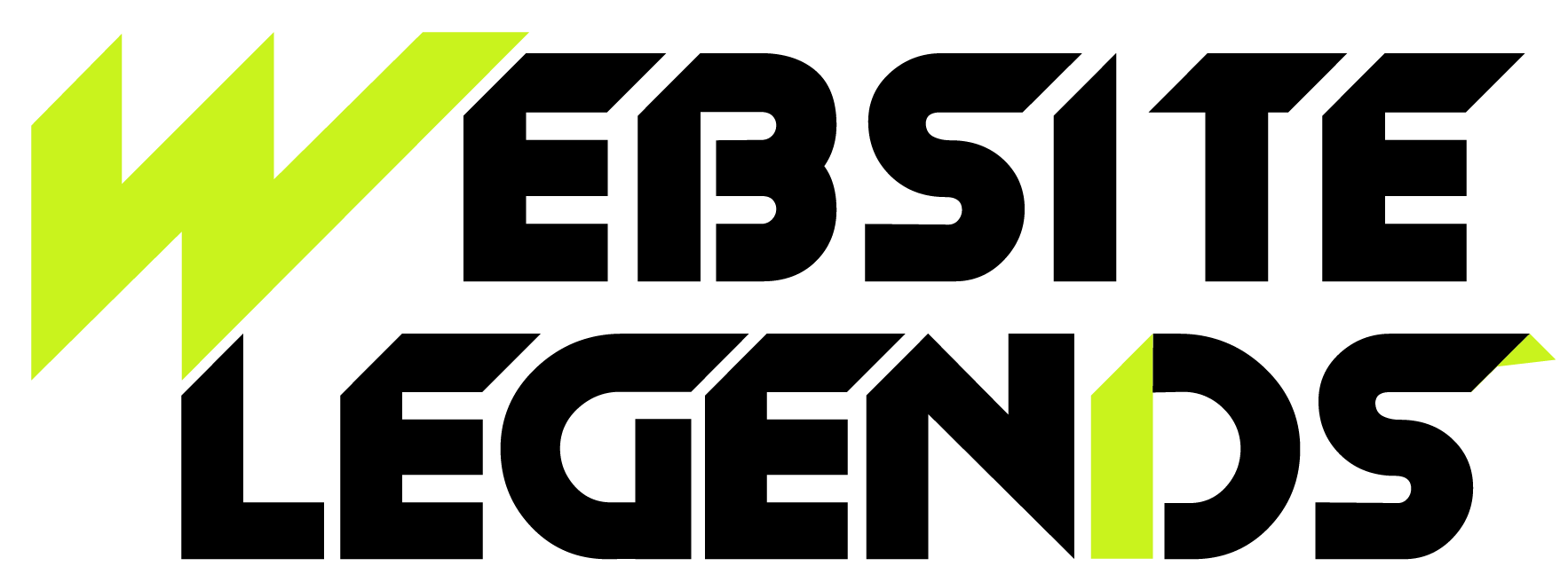Healthcare is no longer confined to the walls of clinics and hospitals — it’s increasingly digital. In 2025, healthcare website development is evolving at breakneck speed, with user experience (UX) at the center of it all. Patients now expect a similar level of digital ease and personalization from their healthcare providers to the level they get from tech giants and e-commerce platforms.
As a leading UI/UX design agency, Website Legends understands the crucial role that design plays in shaping healthcare experiences. Whether you’re building a telemedicine portal, a patient dashboard, or an AI-powered symptom checker, thoughtful UX design directly influences trust, usability, and engagement.
Let’s dive into the key healthcare UX trends of 2025 that are transforming digital health services, patient outcomes, and business scalability.
-
Personalized Patient Journeys Through AI and Behavioral UX
In 2025, personalization is not just about greeting users by name—it’s about understanding their health goals, conditions, and preferences in real time. Behavioral UX combines patient data, AI, and predictive design to guide users through tailored journeys.
Examples:
- Dynamic health dashboards that adapt based on patient behavior
- Smart appointment scheduling that suggests times based on past habits
- Chatbots trained on patient history to provide faster support
Why It Matters:
A personalized experience builds trust and minimizes user frustration—two crucial factors in healthcare.
-
Voice User Interfaces (VUI) for Accessibility and Speed
Voice interfaces have gone mainstream. With growing accessibility needs and mobile-first interactions, VUIs are becoming essential in healthcare platforms.
Use Cases:
- Voice-controlled symptom checkers for elderly patients
- Appointment booking via voice assistants
- Medication reminders using smart speakers
Pro Tip:
Work with a custom web development team to integrate voice APIs and ensure compliance with HIPAA and other regulations.
-
Telehealth UX That Feels Human
Post-pandemic, telehealth is no longer an option—it’s an expectation. But in 2025, the focus has shifted to humanizing the digital visit.
UX Trends in Telehealth:
- One-click video consultations with no logins or downloads
- In-session features like note-taking, prescription access, and screen-sharing
- Emotional UI elements that simulate in-clinic empathy (like facial animations and friendly prompts)
Design Tip:
Avoid clinical coldness. Use warm color palettes, rounded corners, and friendly microcopy to reduce digital anxiety.
-
Micro-Interactions That Guide and Reassure
Micro-interactions—subtle animations and visual cues—are now fundamental to healthcare platforms. These design elements help clarify user actions and reduce cognitive load.
Examples:
- Button hover effects that confirm interactivity
- Success icons after booking appointments or submitting forms
- Animated progress bars during onboarding
Why It Works:
In healthcare UX, micro-interactions enhance user confidence in complex processes like data entry, insurance submission, or medical consent.
-
Data Visualization for Empowered Decision-Making
Data is power—when it’s understandable. From wearable device dashboards to lab test summaries, 2025 healthcare UX design trends emphasize intuitive visual storytelling.
Innovations:
- Real-time health charts with color-coded risk levels
- Predictive analytics for chronic conditions
- Visualized medication adherence and treatment progress
Implementation Tip:
Choose a UI/UX design agency experienced in data-heavy environments to avoid visual clutter and misinterpretation.
-
Emotional Design for Mental Health & Wellness Apps
Healthcare is increasingly holistic, encompassing mental and emotional well-being. In 2025, UX design in mental health platforms focuses on creating emotionally intelligent interfaces.
UX Tactics:
- Gentle animations and calming visuals
- Journaling features with supportive prompts
- Empathy-driven copywriting and tone
Apps like Headspace, Calm, and MindDoc are leading examples, using UX as therapy—literally.
-
Biometric-Driven Experiences (Beyond Passwords)
Forget passwords. In healthcare UX, biometrics are redefining security and simplicity. With regulatory advancements and mobile hardware upgrades, more systems now support the following:
- Facial recognition for logins
- Fingerprint authentication for prescription access
- Heart rate sensors to trigger emergency protocols
Security Tip:
Biometric UX must prioritize privacy and fallback options. Your custom web development partner should ensure multi-layered security that complies with HIPAA, GDPR, and other standards.
-
Mobile-First, Responsive, and Offline UX
In remote and rural areas—or simply on-the-go—mobile access is healthcare access. In 2025, responsive design is the baseline, but offline capability is the differentiator.
Essentials:
- Offline access to key features (like prescriptions and appointments)
- Seamless transitions from desktop to mobile
- Lightweight page loads for low-bandwidth environments
Whether it’s a smartwatch syncing medical data or a smartphone reminding users to hydrate, mobile-first UX isn’t just about convenience—it’s about survival.
-
Simplified Onboarding for Patients and Providers
A poor onboarding experience can derail even the most powerful healthcare platform. The 2025 trend is progressive onboarding—offering information as needed rather than overwhelming users up front.
Techniques:
- Tooltips during first use
- Guided walkthroughs
- Just-in-time educational prompts
Why It’s Critical:
Healthcare audiences vary widely in tech literacy. Simplified onboarding bridges the gap and increases adoption, especially among seniors and underserved communities.
-
Inclusive and Accessible Design
Inclusivity isn’t just ethical—it’s essential. In healthcare, failing to accommodate disabilities or language barriers can literally cost lives.
Key Areas:
- High-contrast color modes for the visually impaired
- Multilingual interfaces
- Keyboard navigability and screen reader support
At Website Legends, we follow WCAG 2.2 accessibility standards across every healthcare website development project we touch—because equity starts with access.
Conclusion
The future of healthcare is digital, and the future of digital is human-centered. In 2025, successful healthcare platforms will be those that go beyond functionality—delivering empathy, clarity, and personalization through thoughtful UX design.
From AI-powered personalization and VUI to biometric security and emotional design, healthcare UX is evolving fast. For healthcare organizations, clinics, and wellness startups, now is the time to invest in UX that makes a difference.
At Website Legends, we specialize in custom web development and UX strategy tailored to the healthcare industry. As a trusted UI/UX design agency, we help you build digital products that prioritize patients, streamline operations, and stay ahead.


